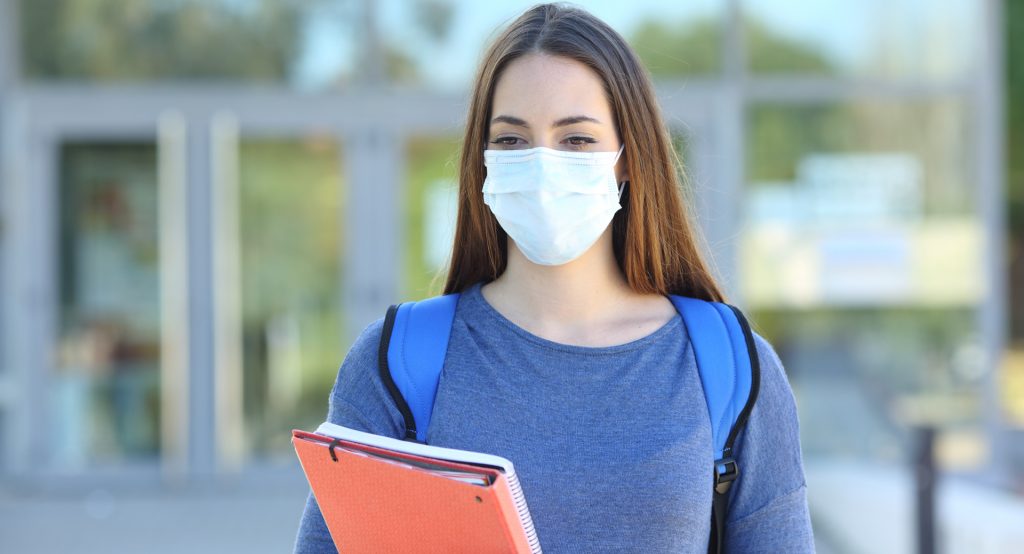
As colleges and universities plan and prepare to reopen following the COVID-19 pandemic, each one is charting a path to a new normal and beginning to establish what this may look like. All institutions of higher education (IHEs) are navigating new ground. However, one of the most accurate things we can say about a “new normal” is that it is unlikely that there will be just one protocol. Instead, a variety of models exist that IHEs may use to get students and staff back on their campuses during fall 2020 and beyond.
The most conservative approach to a new normal is to continue with online-only instruction next fall, as a few IHEs have already indicated they intend to do. At the other extreme, and certainly the aspiration, is a back-to-business-as-always approach, with students and faculty all on campus next fall.
Between those extremes lies a range of possible approaches, including starting the fall semester late; limiting return to campus to certain populations, such as first-year or grad students; blocking or creating modular scheduling to reduce the number of students on campus on any one time; and designing flexible models, such as allowing students to be in residence on campus but continuing with online instruction.
The Chronicle of Higher Education publishes updates on IHE plans for reopening in fall 2020. As of June 10, 2020, 925 IHEs had responded to the Chronicle survey. Of the respondents, 67% indicated that they planned to reopen in the fall, 8% were planning for online instruction and 7% were waiting to decide, with most committing to make a decision by July 2020. The remaining 18% of IHEs were either proposing a hybrid model of instruction utilizing both in-person and distance learning approaches or considering a range of scenarios.
The American College Health Association, which represents 1,100 member IHE campus health services nationwide, has issued guidelines for reopening IHEs in the COVID-19 era. The guidelines emphasize that until a vaccine or a proven treatment is available, IHEs are going to need to commit to physical distancing, testing, isolation and quarantine, and contact tracing.
What this means is that even under the best-case scenario, IHEs will need to be prepared to screen students and faculty members for COVID-19, and in some instances surveil their communities at start-up and on a continuing basis thereafter. All IHEs will need solutions in place for reintegrating grad students and laboratory research employees, as well as undergraduate students and faculty.